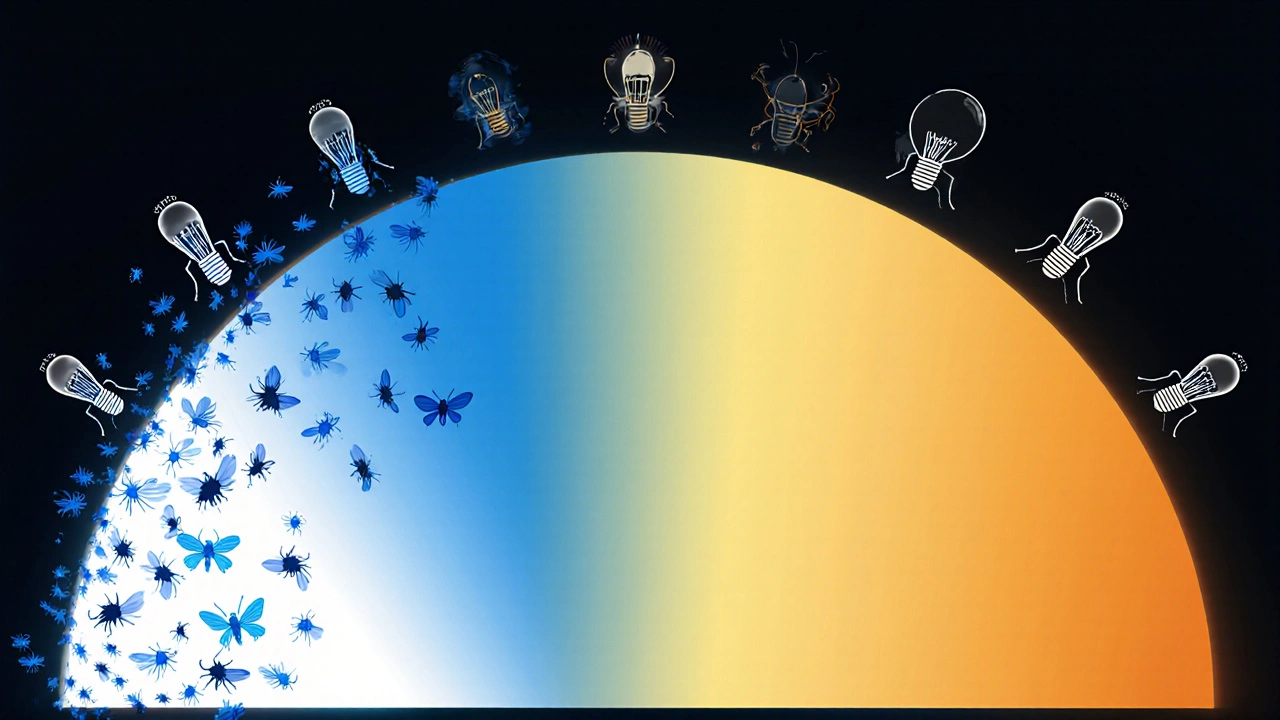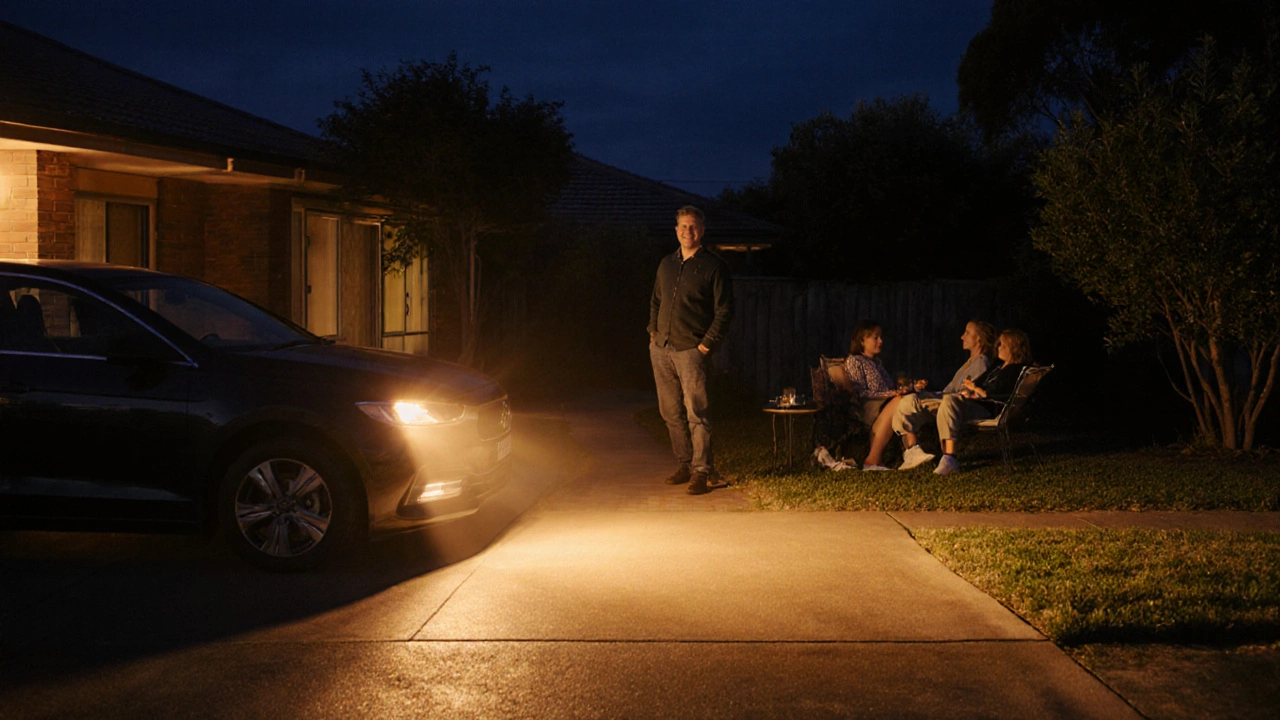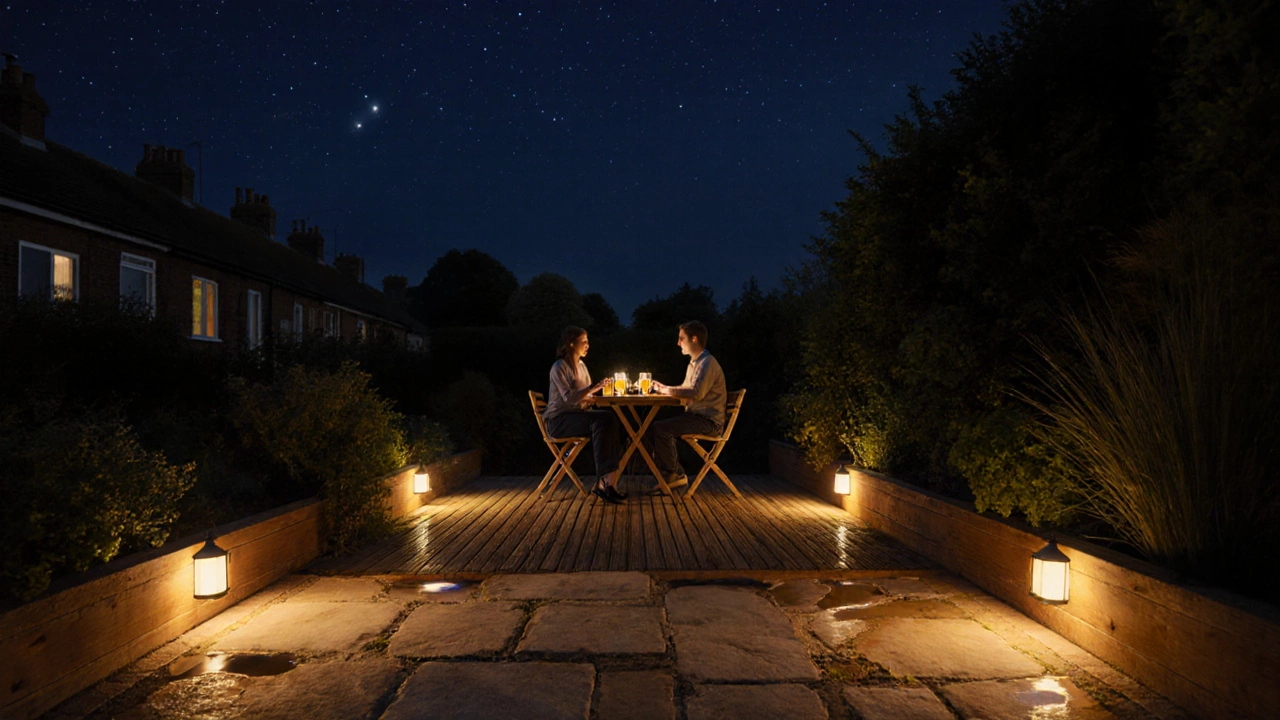Outdoor Light Color Bug Repellent Guide
Bug Attraction Analysis
Light Color Comparison Table
| Color | Kelvin (K) | Bug Attraction | Safety / Visibility |
|---|---|---|---|
| Warm White (Yellow) ≈ 2700–3000 K | 2700–3000 K | Very Low | High – good for pathways |
| Soft White ≈ 3000–3500 K | 3000–3500 K | Low | High – general outdoor use |
| Cool White ≈ 4000–5000 K | 4000–5000 K | Medium | Very High – security spots |
| Daylight (Blue-White) ≈ 6000–6500 K | 6000–6500 K | High | Very High – floodlights |
| UV/Black Light ≈ 365 nm | 365 nm (UV) | Very High | Low – niche uses only |
When planning outdoor lighting is the illumination used around patios, gardens, and entryways to enhance safety and ambiance, you might wonder which color keeps bugs away. The good news is that a simple tweak in hue can make a huge difference without sacrificing light quality.
Why Light Color Matters to Insects
Insects aren’t attracted to light for the same reasons we are. Most bugs follow a behavior called phototaxis a movement toward or away from a light source. Night‑flying insects, especially mosquitoes and flies, are drawn to short‑wavelength light-think blue, violet, and ultraviolet (UV). Those wavelengths mimic the sky’s natural glow on a moonless night, tricking insects into thinking they’re heading toward open space.
Longer wavelengths-yellow, amber, and red-are less visible to many insects because their eyes lack the pigments needed to detect them efficiently. That’s why a warm glow can act like a silent shield, letting you enjoy your backyard while the bugs stay in the shadows.
Top Light Colors and How They Perform
Below is a quick rundown of the most common outdoor light colors, what they look like to humans, and how insects react.
| Color | Typical Kelvin (K) | Bug‑Attraction Level | Safety / Visibility Rating |
|---|---|---|---|
| Warm White (Yellow) ≈ 2700‑3000K, amber hue | 2700‑3000K | Very Low | High - good for pathways |
| Soft White ≈ 3000‑3500K, warm yellow‑white | 3000‑3500K | Low | High - general outdoor use |
| Cool White ≈ 4000‑5000K, bright white | 4000‑5000K | Medium | Very High - security spots |
| Daylight (Blue‑White) ≈ 6000‑6500K, bluish white | 6000‑6500K | High | Very High - floodlights |
| UV/Black Light ≈ 365nm, invisible to humans | \n365nm (UV) | Very High | Low - niche uses only |

Choosing the Right Bulb for Bug‑Free Nights
Here’s a step‑by‑step guide to picking a light that scares bugs away while keeping your yard safe.
- Start with the color temperature. Aim for 2700‑3000K if you want the lowest bug‑attraction. LEDs labeled “warm white” or “amber” fit the bill.
- Check the lumen output. You still need enough brightness for safety. A 800‑lumens warm‑white LED on a porch is usually sufficient.
- Prefer LED over incandescent. LEDs produce less heat, last longer, and their spectrum can be tuned more precisely, which helps keep insects at bay.
- Avoid built‑in UV. Some “bug‑attracting” garden lights actually use UV to draw insects for a decorative effect. If you’re looking to repel, skip those.
- Consider shielding. Fixtures with tubes or covers that limit the spread of light reduce the area insects can see, further lowering attraction.
By following these five steps, you’ll end up with a lighting setup that feels cozy, stays bright enough for safety, and leaves the mosquitoes buzzing elsewhere.
Real‑World Examples From Australian Gardens
In Adelaide, many households have switched their driveway lights from cool‑white LED strips to amber‑tinted floodlights. One homeowner reported a 70% drop in mosquito bites within two weeks. Another family installed warm‑white pendant lights on their patio and noticed that the evening cricket chorus stayed quiet-no more chirping under the lights.
These anecdotes line up with data from a 2023 study by the University of Queensland, which measured insect counts around different lamp types. Warm‑white LEDs attracted 85% fewer mosquitoes than daylight‑balanced LEDs and 60% fewer flies than standard halogen bulbs.
Common Pitfalls and How to Avoid Them
- Don’t confuse “yellow” with “amber”. Some yellow LEDs are actually cool‑white with a yellow tint, which still emits some blue light. Look for “amber” or “warm white” specifications.
- Avoid over‑lighting. Extremely bright lights, even if warm‑colored, can create a halo that attracts insects from farther away. Use dimmers or motion sensors to limit output.
- Beware of decorative “bug‑attracting” lights. Solar garden stakes that flash blue or UV are designed for visual effect, not pest control.
- Check fixture placement. Lights aimed directly at trees or shrubs give insects a landing spot. Angle fixtures away from foliage when possible.

Bonus: Pairing Light with Other Bug‑Repellent Strategies
Lighting alone won’t eliminate every critter, but combined with a few extra steps you’ll create a truly bug‑free zone.
- Install a fan. Air movement disrupts the flight patterns of mosquitoes.
- Use scented repellents. Citronella candles or essential‑oil diffusers can add a chemical barrier.
- Eliminate standing water. Even the best light won’t help if the garden is a breeding ground.
- Choose plant species wisely. Some flowering plants, like lavender, naturally repel insects.
When you pair these tactics with a warm‑white or amber lighting scheme, you’ll notice the difference immediately.
Key Takeaways
- Insects are drawn to short‑wavelength light (blue, UV) and avoid long‑wavelength light (yellow, amber, red).
- Warm‑white LEDs (2700‑3000K) or dedicated amber bulbs provide the best bug repellent light color while still lighting pathways safely.
- Avoid fixtures that emit UV or have a cool‑white/blue hue if you want fewer bugs.
- Combine appropriate lighting with airflow, water management, and natural repellents for optimal results.
Frequently Asked Questions
Do yellow bulbs use more electricity than white ones?
Modern LED technology means color doesn’t dictate power draw. A 9‑watt warm‑white LED uses the same wattage as a 9‑watt cool‑white LED; the difference is in the phosphor coating that changes the hue.
Can red lights keep bugs away?
Red light is also low‑attraction, but it’s often too dim for safety purposes. If you need a night‑time safety light, warm‑white amber is a better compromise.
What about solar garden lights? Do they attract bugs?
Many solar lights use white LEDs, which can attract insects. Look for solar models that specifically advertise “amber” or “bug‑free” LEDs.
Is it safe to use LED lights for security cameras?
Yes. Warm‑white LEDs still provide enough illumination for most modern cameras, and the lower bug‑activity means lenses stay cleaner longer.
Do motion sensors affect bug‑attraction?
Motion sensors turn the light on only when needed, reducing the time insects are exposed to any wavelength. Pair a motion‑sensor with warm‑white LEDs for the best outcome.

